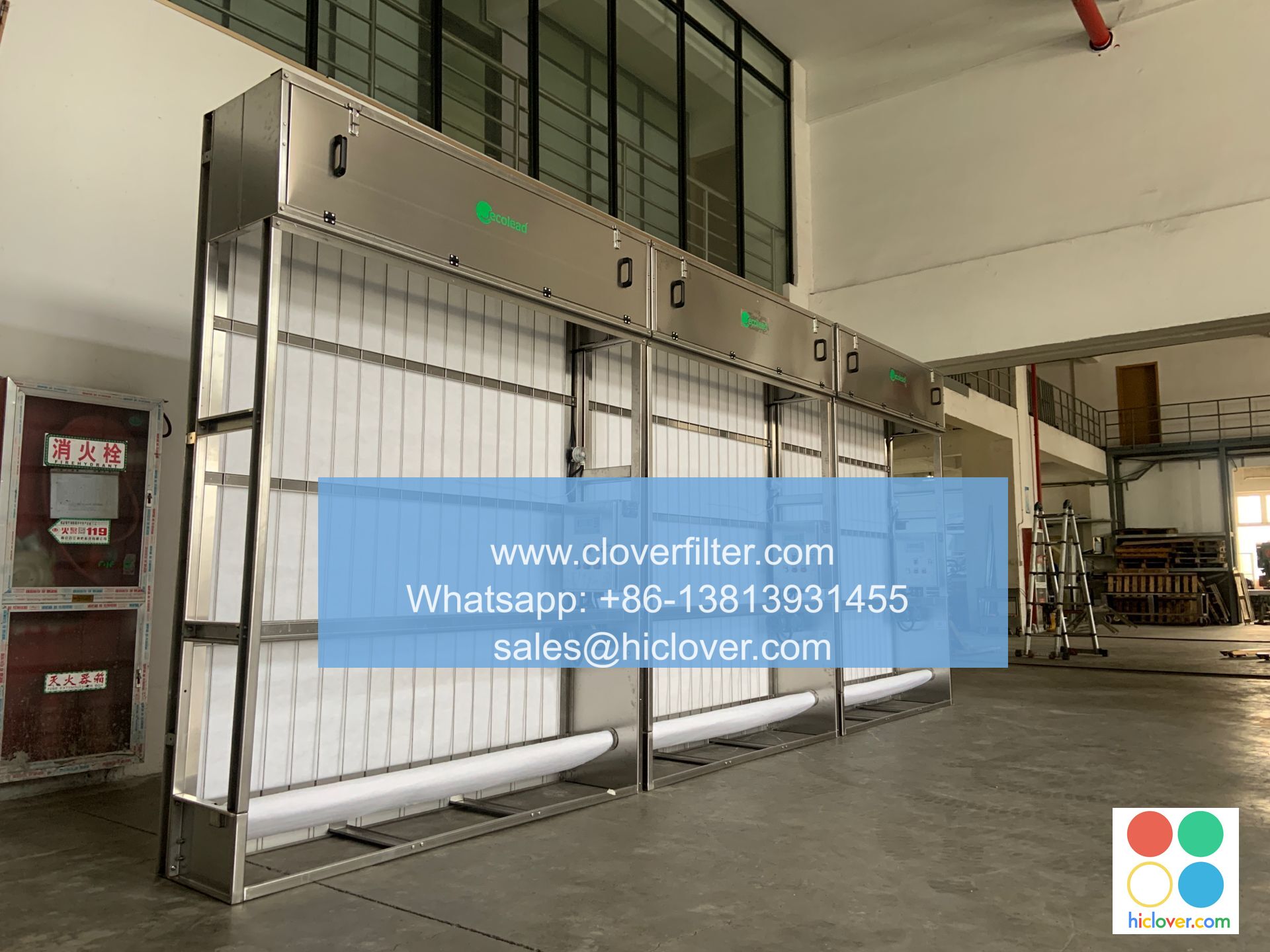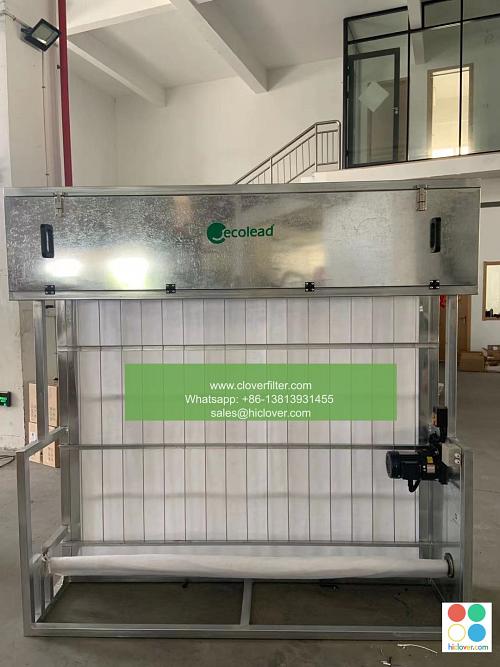Air Filtration Guide: Understanding ESP, HEPA, and Ultra-Violet Radiation

Air Filtration Guide: Understanding ESP, HEPA, and Ultra-Violet Radiation
Introduction
Air filtration systems have become an essential component of modern indoor environments, providing a healthy and comfortable breathing experience. With the increasing concerns over air pollution and indoor air quality, it is crucial to understand the different types of air filtration technologies available. In this article, we will delve into the world of ESP, HEPA, and Ultra-Violet radiation, highlighting their applications and benefits.
ESP (Electrostatic Precipitator)
Electrostatic Precipitators (ESPs) use an electrical charge to attract and capture airborne pollutants, including dust, smoke, and fumes. In an ESP system, clean air passes through a chamber where pollutants are positively charged, and then pass through a collecting plate where they are negatively charged, causing them to stick and be removed.
Benefits:
- Effective in capturing particles as small as 0.3 microns
- Low maintenance and energy-efficient
- Can be used in a wide range of air filtration applications
- Industrial settings, such as manufacturing and construction sites
- Commercial spaces, such as offices and restaurants
- Residential areas, especially in homes with pets or smokers
- Captures particles as small as 0.3 microns
- Reduces particulate matter (PM), carbon monoxide, and volatile organic compounds (VOCs)
- Can be used in a wide range of air filtration applications
- Medical facilities, hospitals, and healthcare settings
- Residential areas, especially for people with respiratory issues
- Commercial spaces, such as offices and schools
- Effective against bacteria, viruses, and other microorganisms
- Reduces odors and mold
- Low energy consumption
- Healthcare settings, such as hospitals and medical facilities
- Commercial spaces, such as restaurants and gyms
- Residential areas, especially in homes with pets or allergy sufferers
- Always choose an air filtration system that is certified by a reputable third-party organization, such as the Asthma and Allergy Foundation of America (AAFA).
- Consider the size of the space you are looking to filter, as well as the number of people and pets in the area.
- Regularly maintain your air filtration system to ensure optimal performance.
- Asthma and Allergy Foundation of America (AAFA)
- U.S. Environmental Protection Agency (EPA)
- American Lung Association
Applications:
HEPA (High Efficiency Particulate Air)
High Efficiency Particulate Air (HEPA) filters are designed to capture 99.97% of particles as small as 0.3 microns. HEPA filters use a network of fibers to trap pollutants, making them one of the most effective air filtration technologies available.
Benefits:
Applications:
Ultra-Violet (UV) Radiation
Ultra-Violet (UV) radiation uses UV light to kill bacteria, viruses, and other microorganisms in the air, reducing the spread of illnesses. UV light also breaks down organic compounds, eliminating odors and mold.
Benefits:
Applications:
Conclusion
In conclusion, ESP, HEPA, and UV radiation are all effective air filtration technologies that can improve indoor air quality. By understanding the benefits and applications of each technology, you can choose the right air filtration system for your specific needs. Whether you’re looking to reduce particulate matter, kill bacteria and viruses, or eliminate odors and mold, there is an air filtration technology available that can help.
Additional Tips
Resources
Prompt


